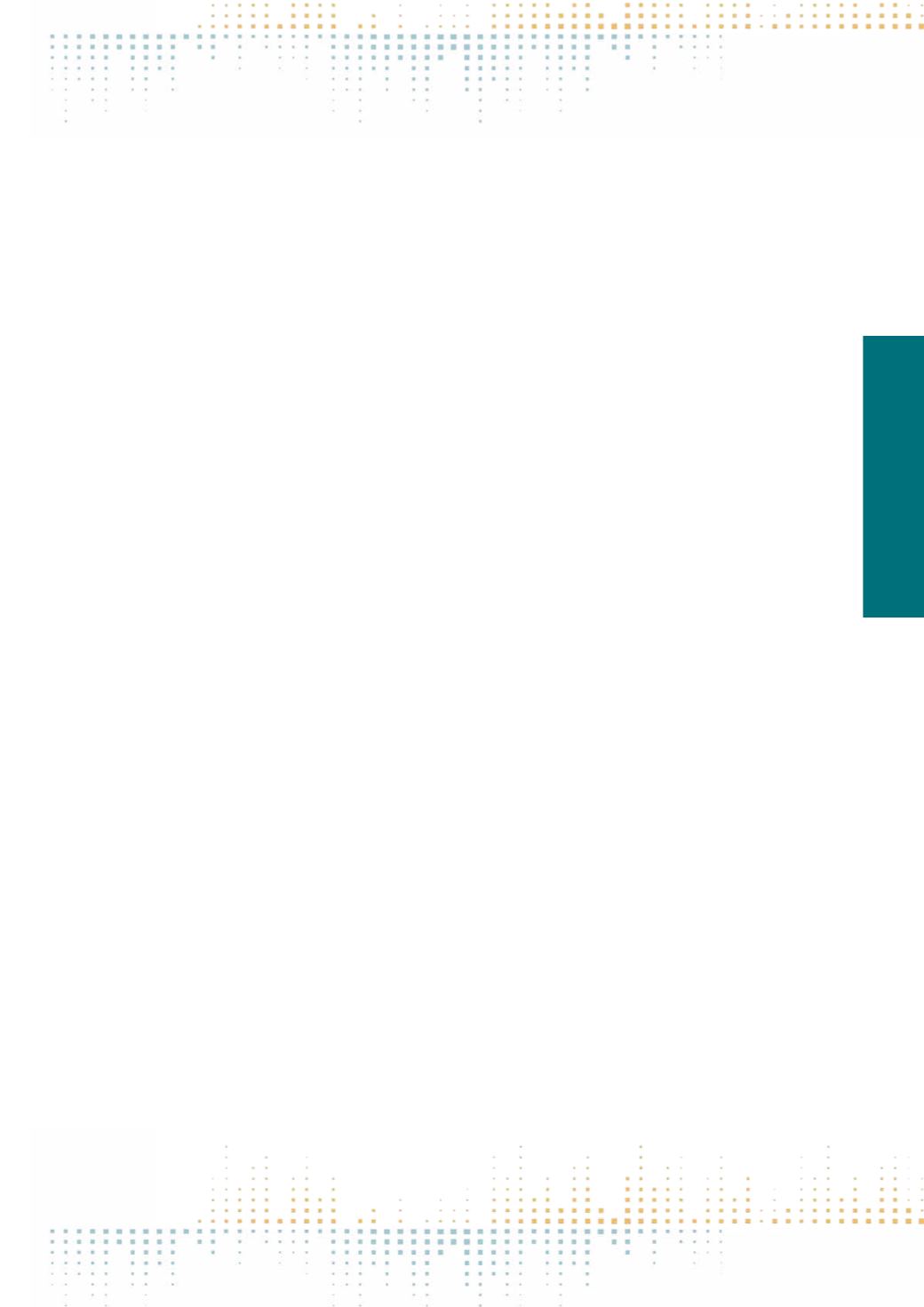

179
Friday, November 11
1 8 : 0 0 – 1 9 : 3 0
mer, Sellnow, and Seeger, 2006; Schwarz, 2012). Internal branding is depicted as a communicative tool able to strengthen employee sense of belonging and
supporting behaviours (Punjaisri, Evanschitzky,Wilson, 2009). In the context of displaced dissent and paracrises, internal branding might reduce the discon‑
tinuity between the position and interpretation of dissenting employees and those of the organisation, thus preventing disclosure outside organisational
boundaries and its negative effects. Our proposal aims to broaden the understanding of these issues by building up a theoretical framework that displays
antecedents and effects of displaced dissenting voice, with a particular focus on paracrises, and links this to internal branding as a relevant communicative
means for understanding intra-organisational relationships and processes (Taylor 2010; Frandsen, Johansen, 2011) and eventually for preventing crises.
Important implications for theory development and empirical research in crisis communication are discussed. References: Falkheimer, J. & Heide, M. (2010).
Crisis communicators in change: From plans to improvisations. InW.T Coombs, & S.J Holladay (Eds.), The Handbook of Crisis Communication (pp. 511–525).
Oxford: Wiley-Blackwell. Frandsen, F., & Johansen, W. (2011). The Study of internal crisis communication: Towards an integrative framework. Corporate
Communications: An International Journal, 16(4), 347–361. Gossett, M.L., & Kilker, J. (2006). My job sucks. Examining counterinstitutional web sites as
locations for organizational member voice, dissent and resistance. Management Communication Quarterly, 20(1), 63–90. Kassing, J.W. (1997). Articulating,
antagonizing, and displacing: A model of employee dissent. Communication Studies, 48(4), 311–332. Morrison, E.W., & Milliken, F.J. (2000). Organizational
silence: A barrier to change and development in a pluralistic world. Academy of Management Review, 25(4), 706–25. Punjaisri, K., Evanschitzky, H., &
Wilson, A. (2009). Internal branding: An enabler of employees’ brand-supporting behaviors. Journal of Service Management, 20(2), 209–226. Schwarz,
A. (2012). Stakeholder attributions in crises: The effects of covariation information and attributional inferences on organizational reputation. International
Journal of Strategic Communication, 6(2), 174–195. Taylor, M. (2010). Toward a holistic organizational approach to understanding crisis. In Coombs, W.T.,
& Holladay, S.J. (Eds.), Handbook of crisis communication (pp. 98–704). Malden, MA: Wiley-Blackwell. Ulmer, R.R., Sellnow, T.L., & Seeger, M.W. (2006).
Effective crisis communication: Moving from crisis to opportunity. Thousand Oaks: Sage.



















